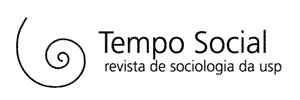Relations between Nietzsche’s philosophy and Munch’s painting are instigating and complex. Aphorisms, Nietzsche’s main form of expression, just as series are for Munch, allow him to pursue an idea from several perspectives in such a way that it enables both to make thought experiments. Each painting proposes a different interpretation for a world where facts no longer exist and where an end was definitely put to the separation between subject-object. Thus, in painting pain, jealousy, illness, shouting, death, loneliness, passion, women, Munch does not dive into absolute pessimism, as would seem at first sight, but, on the contrary, say Yes to everything that is problematic, placing himself in the direction of overcoming death in life, being and making a tragic, Dionysian painting.
Nietzsche; Munch; aphorisms; series; painting; women; subject-object; relation; tragic artist; tragic painting
